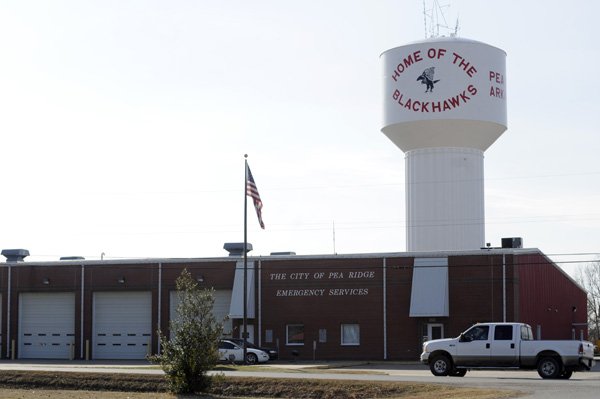BENTON COUNTY — Bigger numbers won’t necessarily mean big changes for Benton County’s smaller cities and towns.
While most of the county’s municipalities grew during the last decade, the results of the 2010 U.S. Census show growth wasn’t evenly distributed across the county, either in numbers or in the rate of growth.
Among the smaller towns and cities, growth can bring in additional revenue through the county sales tax and state turnback money. And growth can also change the shape of city government.
Jeff Hawkins, with the Northwest Arkansas Regional Planning Commission, said state law divides municipalities into incorporated towns, which have fewer than 500 residents, and cities of the second class and cities of the first class. Cities move from second to first class as they grow in size, with a population of 2,500 being the trigger for the change.
Hawkins said going from an incorporated town to a city of the second class is probably the biggest change. Garfield will have to make that change after this most recent census put its population at 502 people. As an incorporated town, Garfield elected five aldermen at large, Hawkins said. Now the city will have to do a detailed study so it can draw upwards of roughly equal for electing its city council.
Centerton jumped from a population of 2,146 in 2000 to 9,515 by 2010. The city’s share of the total county population grew from 1.3 percent to about 4.3 percent.
Mayor Bill Edwards said the city has dealt with growth as it has happened, changing the city’s status from a city of the second class to a city of the first class after a special census in 2006, for example. Edwards said he will wait to see how growth will boost city revenues.
“We’re not budgeting for any of that,” Edwards said. “We know we’ve grown, but we don’t know when we’ll see any of the results.”
Edwards said the city has projects pending additional revenue could be directed to, including a project for new ballparks and possibly adding a police officer. He added the routine needs of the city will keep growing along with everything else.
“We can certainly use that for the roads and streets,” he said. “Our equipment is getting old and now that the snow is melting we’ve got some new potholes to fix just like everybody else.”
Pea Ridge Mayor Jackie Crabtree saw his city grow from 2,346 residents in 2000 to 4,794 in 2010. Crabtree said his administration is also taking a conservative approach to budgeting, but will have to study how the change from a city of the second class to a city of the first class will affect local government.
Crabtree said Pea Ridge already elects aldermen to staggered four-year terms, so that won’t change. One possible change could be a requirement that the city elect a city attorney, Crabtree said. That would pose a dilemma for Pea Ridge, he said, because there are no attorneys living in the city as far as he knows.
“That’s one reason why we’ve always appointed a city attorney,” Crabtree said. “We’ll have to see if that rolls over by default.”
Crabtree said city streets will also be a priority for any added revenue Pea Ridge may receive from the county sales tax or in state turnback money.
“What we budgeted on were our receipts from last year,” he said. “We had a pretty good idea we were going to grow, but we didn’t want to count on anything. If we get anything extra, the streets will probably get some of it.”
***
At A Glance
Benton County Growth
The county’s four largest cities all showed substantial growth, but their rates were uneven. Rogers grew from 39,596 in 2000 to 55,964 during the decade, but its share of the county population dropped from 25.8 percent to 25.2 percent. Bentonville grew from 19,730 to 35,301 and increased its share of the county population by about 3 percent. Bella Vista grew from 15,632 to 26,461 and boosted its share of the county population by almost 2 percent. Siloam Springs grew from 10,843 to 15,039 but saw its share of the county’s population fall from 7 percent to 6.79 percent.
Source: Benton County

